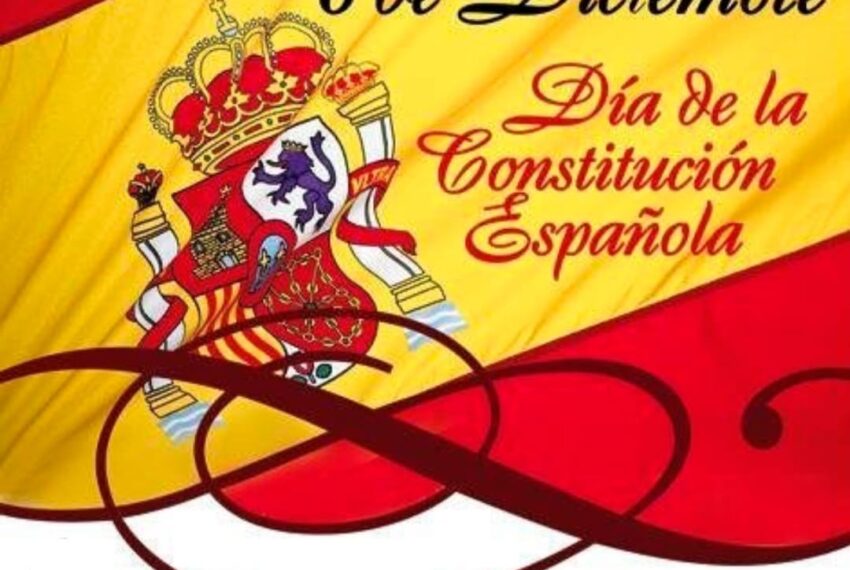
Every year on 6 December, Spain celebrates its bank holidays – Constitution Day. Why was this date chosen to honour the country’s main body of laws, or, as it is often called in Spain, the Carta Magna?
Spain, compared to other European countries, adopted the Constitution and embarked on the path of developing democratic values relatively recently – in 1978. The country, where dictatorship reigned for almost 40 years (1936-1975), after the death of Francisco Franco began the process of transition to a parliamentary monarchy – a form of government that exists in Spain to this day. An integral part of this procedure was the drafting and adoption of a Constitution.
On 6 December 1978, a general referendum was held in the country, as a result of which the majority of the population (88% of the electorate) voted in favour of the new national Constitution – the fundamental legislation for a social, democratic and rule-of-law state, which Spain became and still is today.
Nevertheless, the holiday itself – Constitution Day – appeared in the calendar only in 1983 after the Royal Decree 2964/1983 was issued on 30 November of that year.
Constitution Day is a day off throughout the country. And since 8 December marks another holiday, no less important for Spaniards, but this time religious, the Solemnity of the Immaculate Conception of the Virgin Mary (the names of women named Inmaculada and Concepcion), the authorities usually declare 7 December a “puente” (i.e. also a non-working day). This year, the three public holidays are followed by a weekend, meaning that workers and students in Spain will have a five-day holiday at the beginning of December.
